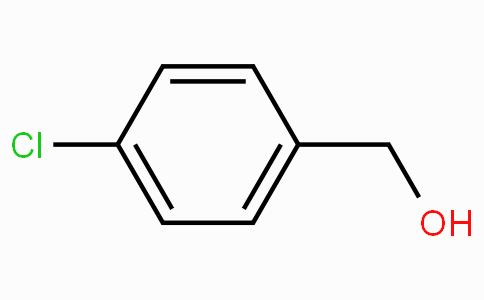
Bader, Atoms in Molecules: A Quantum Theory ( Oxford University Press, Oxford, 1990). The water and methanol molecules were modelled by. Therefore, the net charge on methanol molecule is (10)C + (10)O + (40)H 0. (94)00731-4, Google Scholar Crossref, ISI The LennardJones energy () and size () parameters, as well as the point charges are given in table 1. (81)90321-6, Google Scholar Crossref, ISI Our results suggest that reactive transition metals do not necessarily become more reactive while they are scaled down to nanoscale their reactivity evolves with their size in a manner largely dependent on their electronic nature. The distinct size dependence was rationalized through their electronic structures and charge distribution of Fukui function mapping. This size effect, nevertheless, did not apply on the Rh clusters, despite their similar atomic stacking the Rh clusters showed a reactivity similar to that of the Rh(111) surface because the adsorption energies of methanol-d 4 on both Rh clusters and Rh(111) are comparable. Methanol-d 4 on the Pt clusters did not decompose but desorbed mostly, disparate from that on Pt(111) surface the disparity arose as the adsorption energies of methanol-d 4 on most surface sites of the Pt clusters became smaller than their single crystal counterpart. The Pt (Rh) clusters had a mean diameter 2.0–3.5 nm (2.1–4.0 nm) and height 0.45–0.94 nm (0.41–0.9 nm) evolving with the coverage they were structurally ordered, having an fcc phase and growing in (111) orientation, and had lattice constants similar to their bulk values.


Pt and Rh nanoclusters, grown on deposition of Pt and Rh vapors onto graphene/Pt(111), show separate reactivity toward the decomposition of methanol-d 4.


 0 kommentar(er)
0 kommentar(er)
